Alright, my fellow safety enthusiasts, let’s talk about something that’s hotter than a jalapeño on a summer day—fire safety. I know, it might not be as exciting as alien conspiracies or Bigfoot sightings, but let me tell you, understanding the tools that can save your life is important. So, buckle up, because today, we’re talking about a CO2 fire extinguisher — a badass solution that’s more than just a fancy canister.
Let’s set the stage here. You ever been in a situation where a fire breaks out, and your first instinct is to grab a bucket of water like you’re fighting a campfire? But what if I told you there’s a smarter, more effective way? Enter the CO2 fire extinguisher.
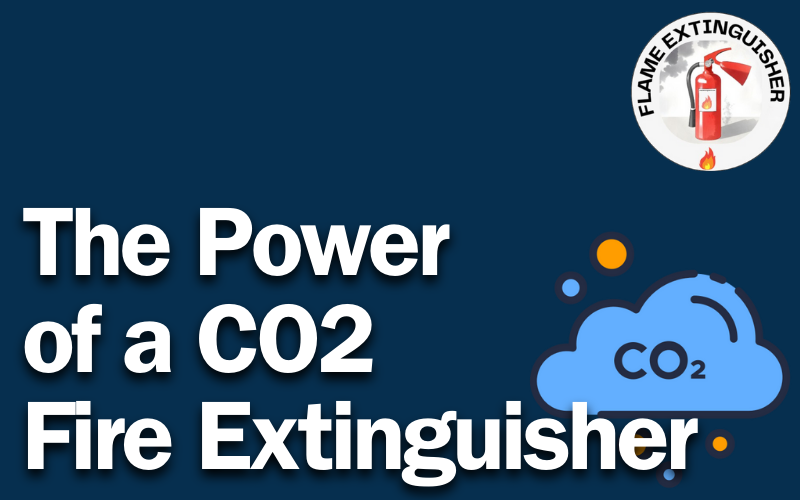
What is a CO2 Fire Extinguisher
Alright, let’s start with the basics. CO2 fire extinguishers – what’s the deal?
Imagine a canister that’s not trying to drown the fire or smother it in foam. Enter CO2, the cool cat of the fire extinguisher world. It’s all about precision, no mess, and getting the job done without leaving a trace. It’s like the ninja of firefighting.
The Cool Science Behind It
Now, the first thing you should know about CO2 extinguishers is they work on a different level. It’s not just about squirting stuff; it’s about science. CO2 extinguishers work by smothering the fire, cutting off its oxygen supply. It’s like giving the fire a serious case of the hiccups – it chokes and dies.
Components and Design Magic
So, what’s inside these things? It’s not just magic smoke, I promise. A CO2 fire extinguisher is packed with the same stuff you breathe out, carbon dioxide. The genius is in the design; they release this CO2 in a super-cold state, turning it into a frosty snowstorm that blankets the fire and cools it down.
CO₂ is non-conductive and leaves no residue, which helps protect servers, control panels, and sensitive electronics. Use CO₂ or an approved clean-agent unit in IT spaces. It removes oxygen but provides limited cooling, so some fuels can re-ignite after the cloud dissipates. Watch the scene and be ready with follow-up cooling if needed.

Unveiling Hidden Insights
Eco-Friendly Fire Fighting
Now, here’s a cool twist: CO2 is the green warrior of fire extinguishing agents. It’s environmentally friendly, leaving no nasty residues behind. No one wants to save the day only to realize they’ve left a toxic mess. With CO2, you’re not just saving lives; you’re saving the planet, one extinguisher at a time.
Navigating Safety Measures
But, and there’s always a but, you have to handle these bad boys with care. Proper storage and handling are crucial – you don’t want to turn your safety tool into a hazard. Also, remember, CO2 has its limits; it might not be the superhero in every fire scenario. It’s like Batman – awesome in Gotham but might struggle against some intergalactic threat.
The gas is extremely cold and has been known to cause “sudden frostbite”, if not used properly. Click here for more on this story. There are also instances where users have reported that the nozzle on many CO2 fire extinguishers gets extremely cold while in use and can harm your bare hand if held directly. Wearing gloves while operating is highly recommended by yours truly.
CO₂ displaces oxygen and can cause asphyxiation in confined or poorly ventilated areas. Train users to ventilate and evacuate if concentrations build.
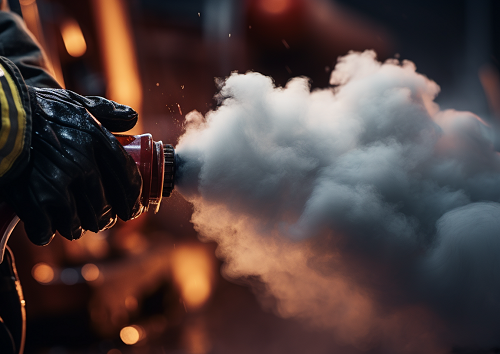
Compliance with Industry Standards
Now, you might be wondering, “Is this CO2 thing legit?” Absolutely. These extinguishers are not just Joe’s backyard invention; they’ve got the stamp of approval from the big shots in safety(Underwriters Laboratory). Regulatory bodies have given the nod, making them a go-to choice for fire safety pros. For larger fire extinguishing systems, most authorities having jurisdiction that regulate industrial, commercial, and non-marine applications utilize the NFPA(National Fire Protection Associations) consensus standard covering carbon dioxide extinguishing systems (NFPA 12). Although the standard itself does not hold the force of law, governments and local authorities adopt the standard as their governing fire code
Typical Range and Standoff
A 5-lb CO₂ unit has an effective standoff of ~8 feet and a short discharge window (often ~10 seconds). Aim at the base and sweep.
Real-World Fire Takedowns
Let me hit you with some real-world examples. Picture this: offices, server rooms, labs – these are the CO2 playgrounds. Why? Because CO2 is like the fire whisperer for electrical fires. No water, no mess, just a clean knockout. In fact, studies show that CO2 extinguishers are 95% effective in suppressing electrical fires. That’s a pretty solid batting average. Larger CO2 extinguishing systems are also used throughout the commercial, industrial and marine world. Examples being boat engine rooms, car parking garages, etc.
Empowering Purchasing Decisions
Evaluation Criteria for Smart Choices
So, you’re sold on the CO2 magic, and now you’re thinking, “What do I look for when buying one?” Size matters, my friends – you don’t want a behemoth if you’re working in tight spaces. Weight is crucial too – you’re not trying to bench press the thing when a fire breaks out. Other important factors capacity, range, quality & durability, and of course price. See our 2024 guide to the best CO2 fire extinguishers here.
Maintenance Real Talk
Now, let’s talk maintenance. You don’t buy a car and forget about oil changes, right? Same deal here. CO2 extinguishers need regular checks to make sure they’re ready to kick ass when you need them. It’s like having a reliable friend – you want them in top shape when things get dicey. It is a crucial aspect to ensure their reliability and effectiveness during emergencies.
The maintenance process involves both external and internal examinations
External maintenance examinations are conducted annually, during hydrostatic tests, or when indicated by inspection discrepancies. Internal examinations, depending on the extinguisher type, occur at intervals ranging from 1 to 6 years.
Records of maintenance must be documented on tags or labels, including the month and year of the maintenance, the person performing the work, and the agency’s name. Hydrostatic testing, which is done every 5 or 12 years based on the extinguisher type, involves a thorough examination, water filling at a specific pressure, drying, reassembly, and recharging. Qualified individuals with proper training, certification, and facilities are required for hydrostatic testing, and detailed records with test information must be maintained on labels or stamped onto high-pressure cylinders. It’s essential to adhere to NFPA 10 standards and consider specific requirements based on extinguisher characteristics and explore electronic monitoring as an alternative to monthly inspections.
Summarizing Key Takeaways
The Final Word
Alright, fire squad, we’ve covered a lot. CO2 extinguishers are not just gadgets; they’re your firefighting sidekicks. They’re eco-friendly, effective in specific scenarios, and endorsed by the safety bigwigs. So, when it comes to choosing your fire-fighting arsenal, remember – CO2 is not just an extinguisher; it’s a lifesaver with a touch of environmental superhero.
Stay safe out there, folks. Joe Rogan signing off.
Top 5 FAQs About a Carbon Dioxide CO2 Fire Extinguisher:
Can I use a CO2 fire extinguisher on a wood or paper fire?
No, CO2 fire extinguishers are not effective on Class A fires (wood, paper, etc.). They are designed for Class B (flammable liquids) and Class C (electrical) fires.
Are CO2 extinguishers safe to use on computers and other electronic equipment?
Yes, CO2 is safe for use on electrical fires, making these extinguishers ideal for protecting sensitive electronics.
How do I use a CO2 fire extinguisher?
Follow the P.A.S.S. method—Pull the pin, Aim the nozzle, Squeeze the handle, and Sweep from side to side at the base of the flames.
Can I use a CO2 extinguisher in a small, enclosed space?
It is not recommended. CO2 can displace oxygen quickly, and in a confined space, it may lead to a lack of breathable air.
How do I maintain a CO2 fire extinguisher?
Regular maintenance includes checking the pressure gauge, ensuring the nozzle is clear, and inspecting for any signs of damage. Professional servicing is recommended.
Highly Rated CO2 Fire Extinguisher on Amazon:
Effectiveness/Type:
The Amerex 322 Carbon Dioxide Fire Extinguisher is highly effective for Class B and C fires, making it suitable for flammable liquid spills and fires involving live electrical equipment. However, its specialization in these classes limits its versatility compared to multipurpose extinguishers.
Size and Capacity:
With a 5lb capacity, this extinguisher provides a good balance between size and coverage. It offers sufficient fire-fighting material without being overly heavy, making it manageable for various users.
Ease of Use:
The Amerex 322 is user-friendly, featuring a reasonable 10-second discharge time, all-metal valve construction, and a brass valve. The inclusion of a wall bracket adds convenience for storage and quick access. However, the specificity of its use may require users to be knowledgeable about the types of fires it is designed to handle
Durability and Quality:
Constructed with an all-metal valve and a brass valve, the Amerex 322 exhibits high-quality and durability. This build ensures longevity and reliability in emergency situations, particularly important for fire safety equipment.
Price:
While offering specialized functionality, the Amerex 322 may be relatively higher priced for its specific use. Consumers should weigh the cost against the limited range of fire classes it addresses.
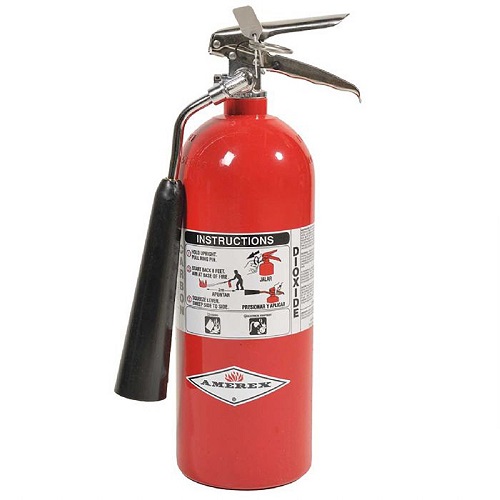

Terms of The Day:
NFPA 12: Standard on Carbon Dioxide Extinguishing Systems for the NFPA. This standard contains requirements for carbon dioxide fire-extinguishing systems to help ensure that such equipment will function as intended throughout its life. It is intended for those who purchase, design, install, test, inspect, approve, list, operate, or maintain these systems.
Hydrostatic Testing: essential for ensuring the safety and reliability of pressure vessels over time. It helps identify potential weaknesses that could compromise the effectiveness of the fire extinguisher during an emergency. The frequency of hydrostatic testing varies based on the type of extinguisher and is outlined in standards such as NFPA 10
Proudly powered by WordPress
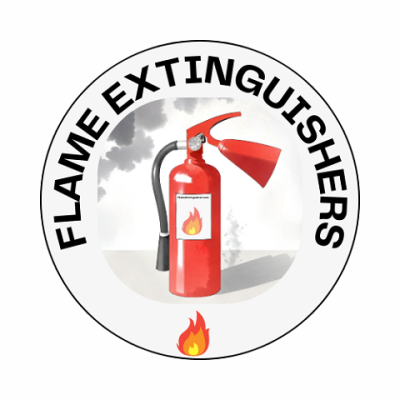

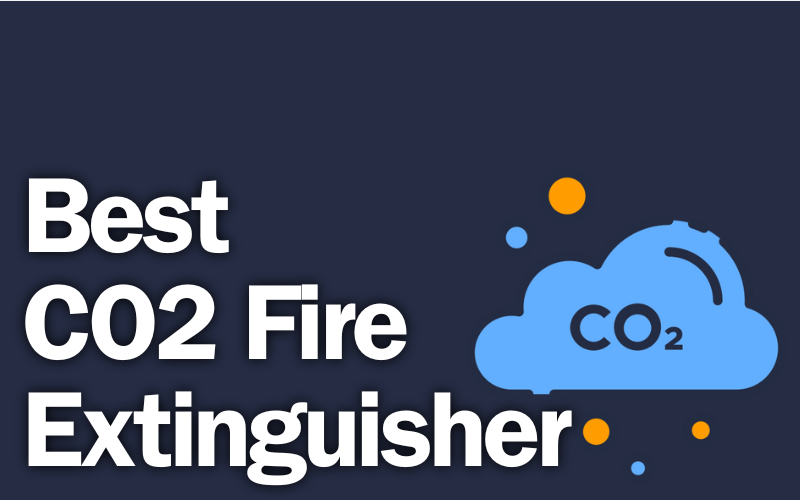
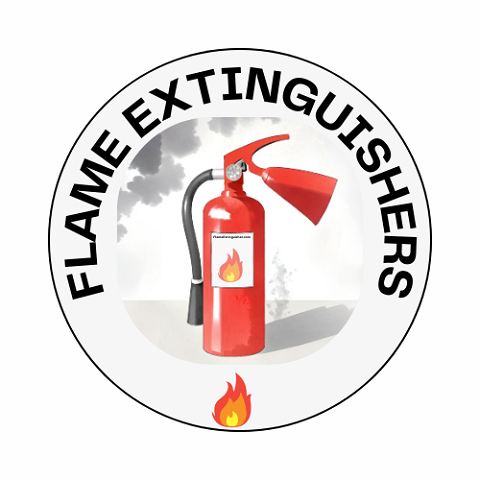
Comments are closed.